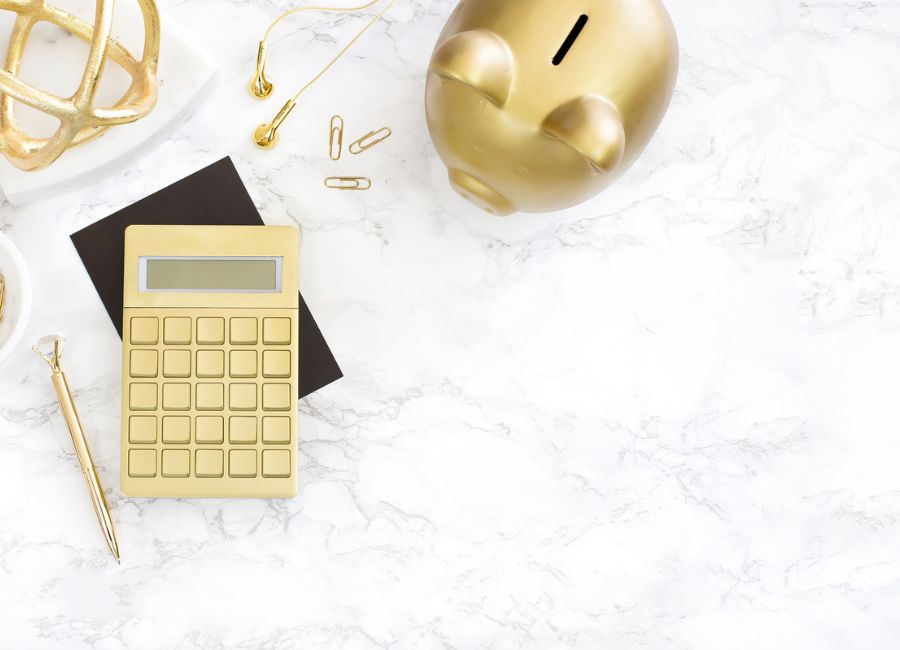Did you create a budget with high hopes, only to stop referring to it a few weeks later? Have you completely given up on the thought of a doable budget? It sounds like it’s time to give your old budget a makeover! If you don’t have the time or energy, a finance coach (like me) can help! Start your budget now. If you want to take a stab at revamping your budget on your own, continue reading for our tips on how to give your budget a makeover.
Budget Makeover 101…
Take It a Month at a Time
When we think about where we want to be, we sometimes forget the steps it takes to get there. Instead of creating a yearly budget or a budget that has no end date, take it a month at a time. Start with a monthly budget plan for January.
Specify how much you should make for the month, what expenses are due during the month, and anything that may be coming up in the future that needs to be saved for now. When you take your budget a month at a time, you are being realistic with yourself and your money. Who knows what will happen 3 months from now, so why try controlling that?
Leave Room for Unexpected Expenses
After you allocate your income to savings, living expenses and debts, make sure to leave room for unplanned expenses. Things like a flat tire, an unexpected co-pay, or a last minute birthday gift certainly aren’t reoccurring, but they can wreak havoc on your budget if not planned for. Since we don’t know what the future holds, we can do our best to plan for the unplanned! Say nothing comes up that month, move those spare funds to a savings account – there goes your new emergency fund!
Have an Additional Plan for Debt
All of your debt payments certainly need to be accounted for in your budget, however you need an additional plan for tackling those debts. There are plenty of debt repayment strategies to help you pay off your debts as efficiently as possible. If you have debt, your budget should include a separate section for those debts. Track your balances each month to see them going down. Focus on one debt at a time and see where you can apply extra funds to the payments.
Budget for Fun
One of the main reasons why budget fail or seem to be forgotten is because they don’t allow the user to have any fun. When you fail to budget for fun, you are making the process of budgeting and saving a negative one. There’s a misconception that if you have a budget you can’t have fun. That’s far from the truth! What you need to do is budget for fun.
Realistically see how much you can afford to spend on shopping, dining out and activities on a monthly basis. Whether that amount is $20 or $250, make sure to budget for it. Again, remember to be realistic. If you have $10,000 in credit card debt, it’s not wise to allow yourself to spend $500 a month on food, fun and shopping.
Keep Your Budget Close
Another reason why a budget may be left in the dust is because you forget what it said! Email yourself a copy of your budget and save it on your phone. Refer to that budget as often as possible to keep yourself in check and remember how much you can afford to spend while out and about.
It’s also a great idea to keep tabs on your spending to make sure you are not exceeding your budget limits. Since most of your income should be allocated to bills, savings, and other finance goals, if you find yourself over budget, question where that money really is coming from. (Hopefully not credit cards!)
A budget is a wonderful thing, especially when you follow the guidelines above for creating it! Let it guide you and your financial decisions, not hinder you. Open your eyes to all of the positive things a budget can bring, as opposed to feeling restrained. How do you make your budget realistic for you? What tips can you share for those who are new to budgeting? Leave a comment below to share your tips and thoughts!





